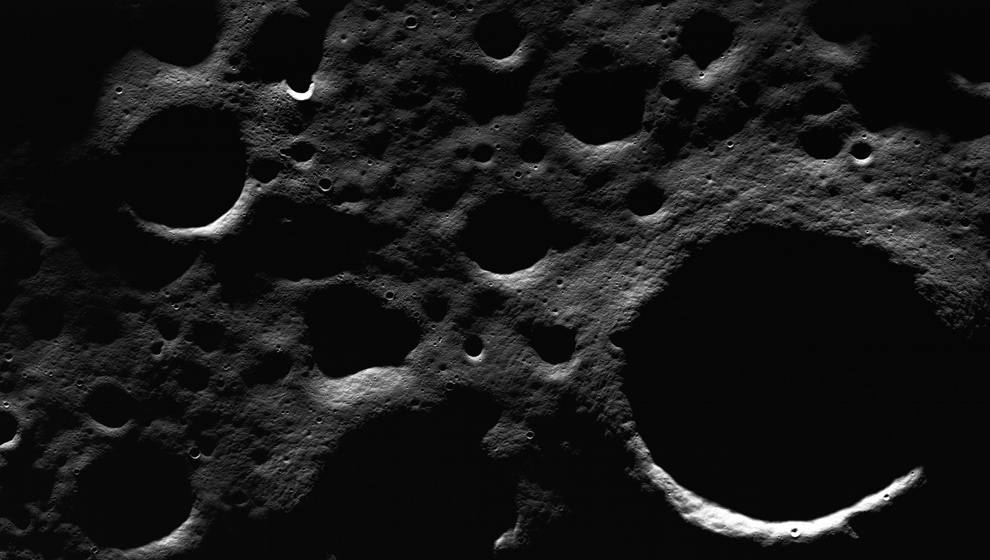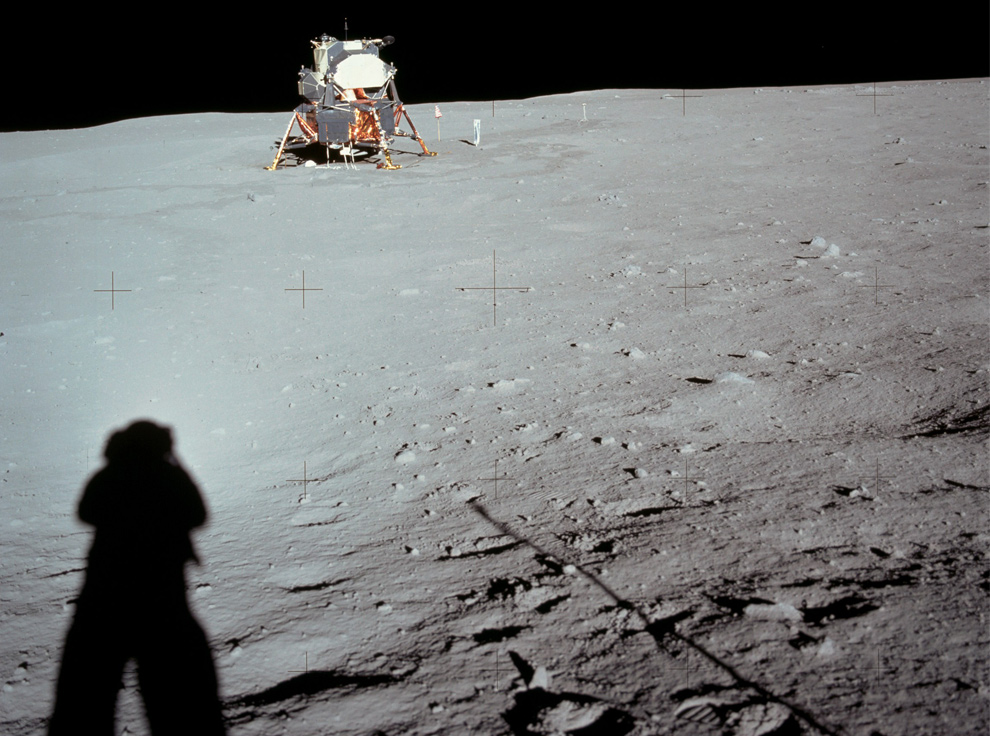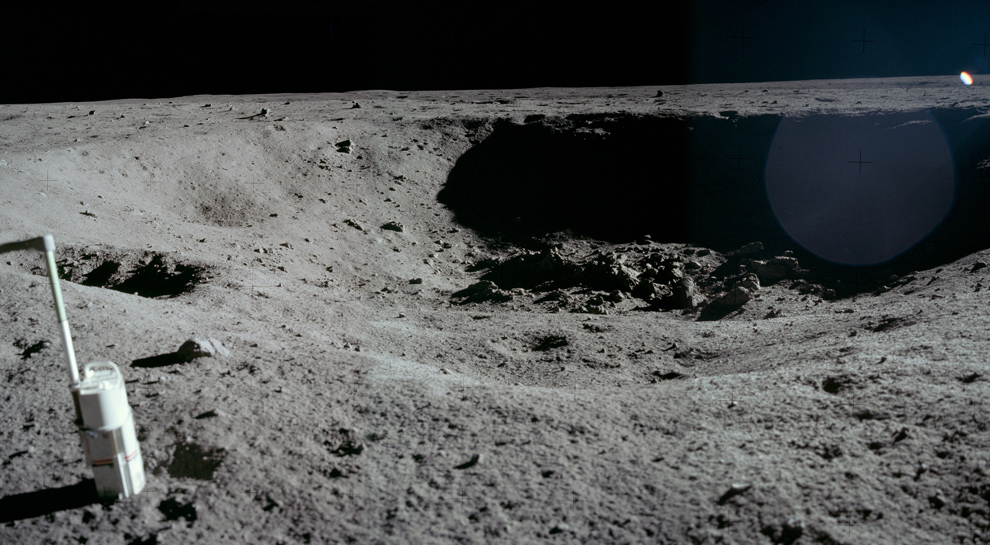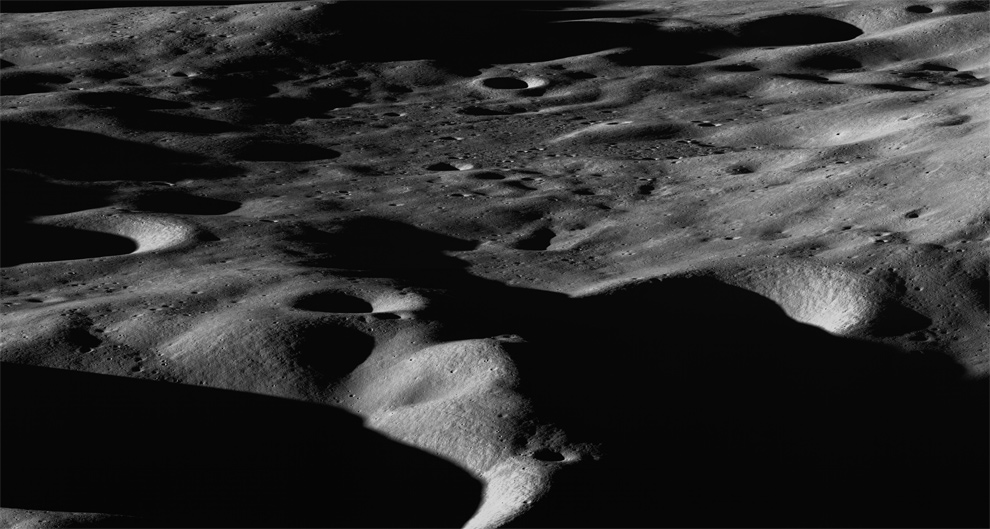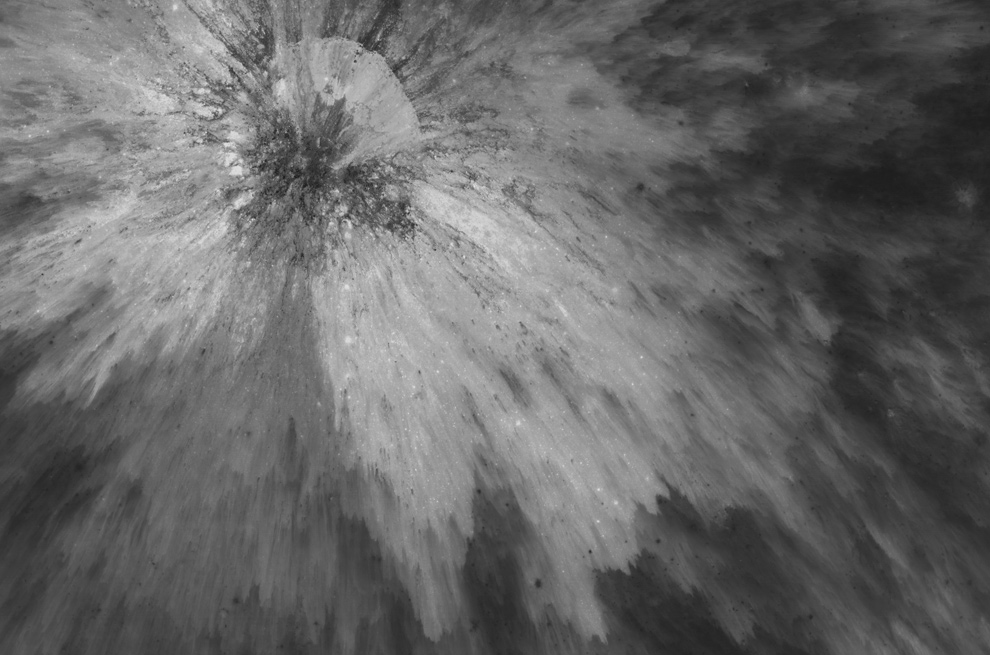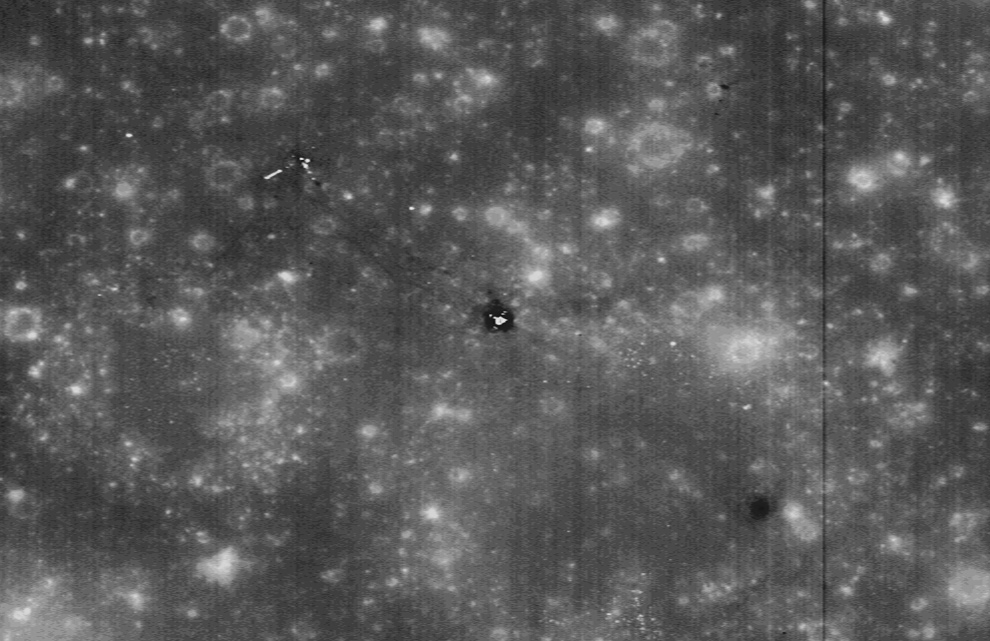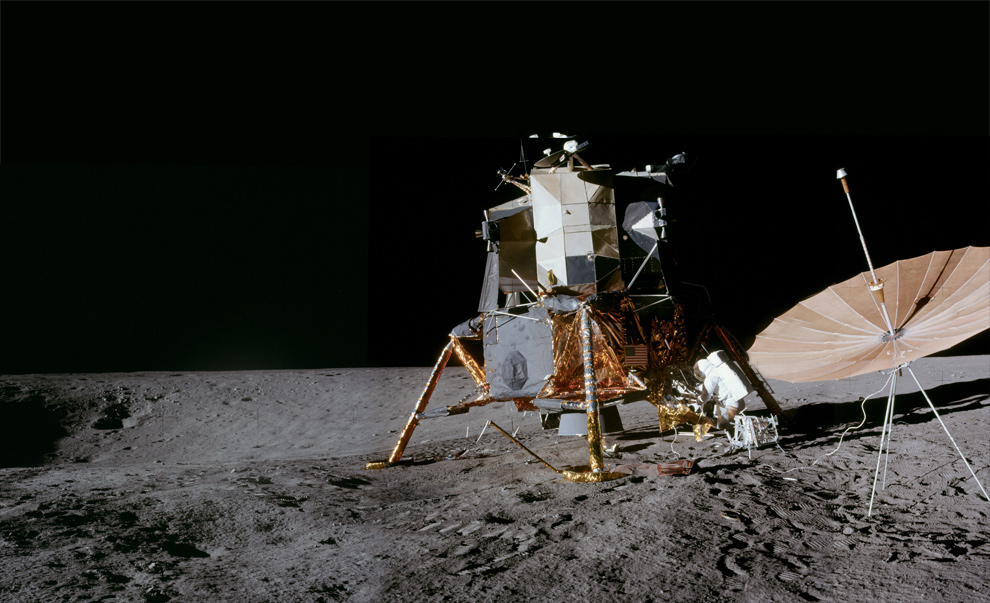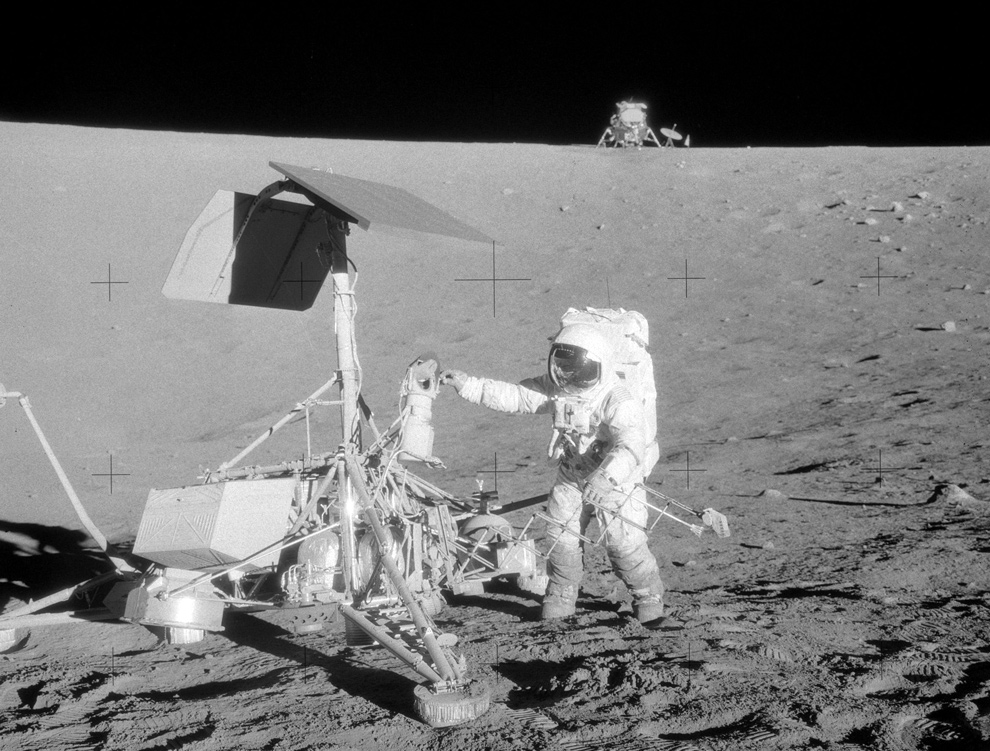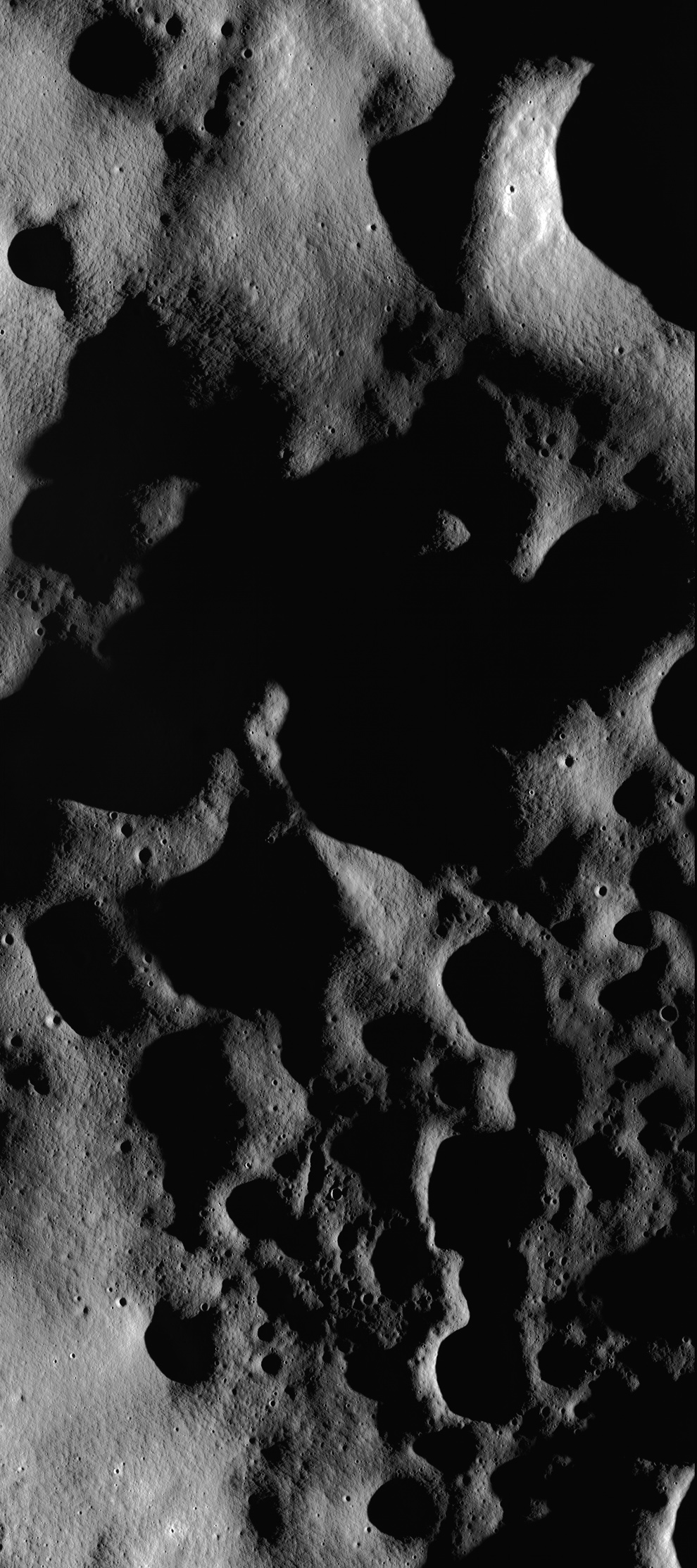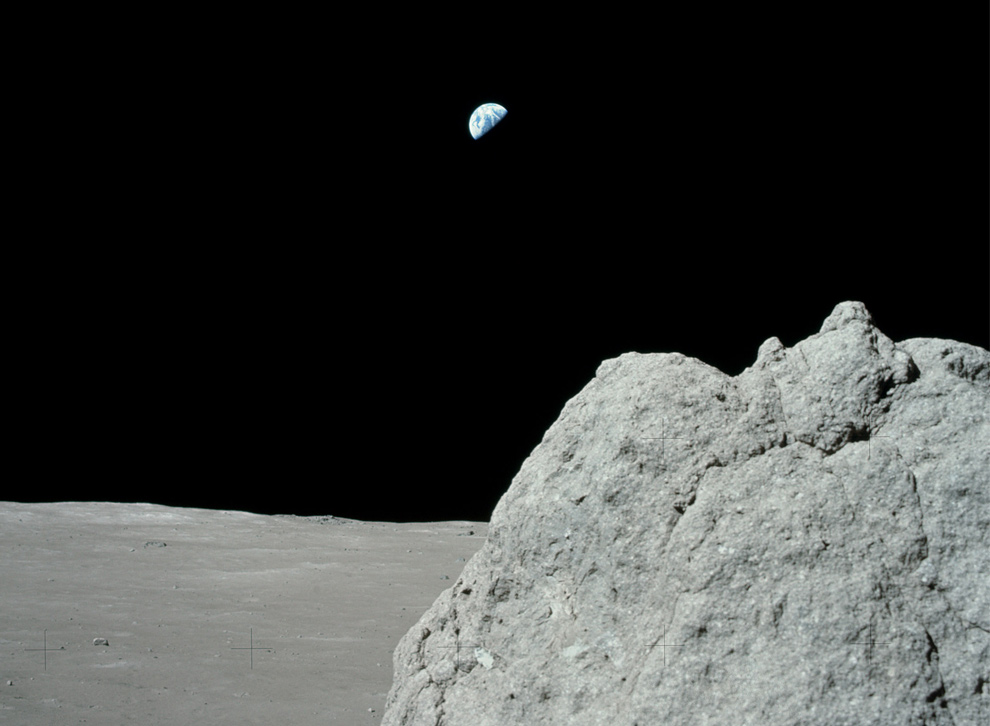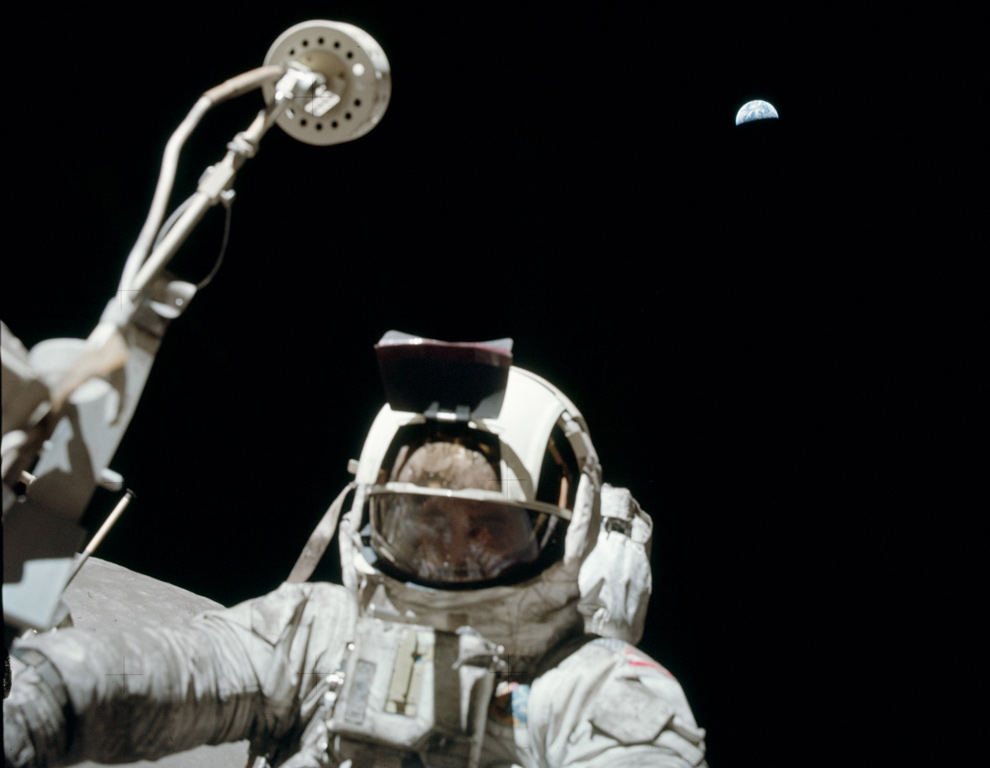Robot
A robot is an automatic mechanical device often resembling a human or animal. Modern robots are usually an electro-mechanical machine guided by a computer program or electronic circuitry. Robots can be autonomous or semi-autonomous and range from humanoids such as Honda's Advanced Step in Innovative Mobility (ASIMO) and TOSY's TOSY Ping Pong Playing Robot (TOPIO) to industrial robots, collectively programmed swarm robots, and even microscopic nano robots. By mimicking a lifelike appearance or automating movements, a robot may convey a sense of intelligence or thought of its own.
The branch of technology that deals with the design, construction, operation, and application of robots, as well as computer systems for their control, sensory feedback, and information processing is robotics. These technologies deal with automated machines that can take the place of humans in dangerous environments or manufacturing processes, or resemble humans in appearance, behavior, and/or cognition. Many of today's robots are inspired by nature contributing to the field of bio-inspired robotics. These robots have also created a newer branch of robotics: Soft robotics.
From the time of ancient civilization there have been many accounts of user-configurable automated devices and even automata resembling animals and humans, designed primarily as entertainment. As mechanical techniques developed through the Industrial age, there appeared more practical applications such as automated machines, remote-control and wireless remote-control. Electronics evolved into the driving force of development with the advent of the first electronic autonomous robots created by William Grey Walter in Bristol, England in 1948. The first digital and programmable robot was invented by George Devol in 1954 and was named the Unimate. It was sold to General Motors in 1961 where it was used to lift pieces of hot metal from die casting machines at the Inland Fisher Guide Plant in the West Trenton section of Ewing Township, New Jersey.
Robots have replaced humans in the assistance of performing those repetitive and dangerous tasks which humans prefer not to do, or are unable to do due to size limitations, or even those such as in outer space or at the bottom of the sea where humans could not survive the extreme environments.
There are concerns about the increasing use of robots and their role in society. Robots are blamed for rising unemployment as they replace workers in increasing numbers of functions. The use of robots in military combat raises ethical concerns. The possibilities of robot autonomy and potential repercussions have been addressed in fiction and may be a realistic concern in the future.
The branch of technology that deals with the design, construction, operation, and application of robots, as well as computer systems for their control, sensory feedback, and information processing is robotics. These technologies deal with automated machines that can take the place of humans in dangerous environments or manufacturing processes, or resemble humans in appearance, behavior, and/or cognition. Many of today's robots are inspired by nature contributing to the field of bio-inspired robotics. These robots have also created a newer branch of robotics: Soft robotics.
From the time of ancient civilization there have been many accounts of user-configurable automated devices and even automata resembling animals and humans, designed primarily as entertainment. As mechanical techniques developed through the Industrial age, there appeared more practical applications such as automated machines, remote-control and wireless remote-control. Electronics evolved into the driving force of development with the advent of the first electronic autonomous robots created by William Grey Walter in Bristol, England in 1948. The first digital and programmable robot was invented by George Devol in 1954 and was named the Unimate. It was sold to General Motors in 1961 where it was used to lift pieces of hot metal from die casting machines at the Inland Fisher Guide Plant in the West Trenton section of Ewing Township, New Jersey.
Robots have replaced humans in the assistance of performing those repetitive and dangerous tasks which humans prefer not to do, or are unable to do due to size limitations, or even those such as in outer space or at the bottom of the sea where humans could not survive the extreme environments.
There are concerns about the increasing use of robots and their role in society. Robots are blamed for rising unemployment as they replace workers in increasing numbers of functions. The use of robots in military combat raises ethical concerns. The possibilities of robot autonomy and potential repercussions have been addressed in fiction and may be a realistic concern in the future.
Summary
The word robot can refer to both physical robots and virtual software agents, but the latter are usually referred to as bots.There is no consensus on which machines qualify as robots but there is general agreement among experts, and the public, that robots tend to do some or all of the following: move around, operate a mechanical limb, sense and manipulate their environment, and exhibit intelligent behavior — especially behavior which mimics humans or other animals. In practical terms, "robot" usually refers to a machine which can be electronically programmed to carry out a variety of physical tasks or actions.
There is no one definition of robot that satisfies everyone and many people have their own. For example Joseph Engelberger, a pioneer in industrial robotics, once remarked: "I can't define a robot, but I know one when I see one." The two ways that robots differ from actual beings are, simply stated, in the domain of cognition, and in the domain of biological form. The general consensus is that a "robot" is a machine and not a being simply because it is not intelligent (it requires programming to function), regardless of how human-like it may appear. In contrast, an imaginary "machine" or "artificial life form" (as in science fiction) that could think near or above human intelligence, and had a sensory body, would no longer be a "robot" but would be some kind of "artificial being" or "cognitive robot", (see also cyborg).
According to the Encyclopaedia Britannica, a robot is "any automatically operated machine that replaces human effort, though it may not resemble human beings in appearance or perform functions in a humanlike manner." Merriam-Webster describes a robot as a "machine that looks like a human being and performs various complex acts (as walking or talking) of a human being", or a "device that automatically performs complicated often repetitive tasks", or a "mechanism guided by automatic controls".
Etymology
A scene from Karel Čapek's 1920 play R.U.R. (Rossum's Universal Robots), showing three robots
The word robot was introduced to the public by the Czech interwar writer Karel Čapek in his play R.U.R. (Rossum's Universal Robots), published in 1920. The play begins in a factory that uses a chemical substitute for protoplasm to manufacture living, simplified people called robots. The play does not focus in detail on the technology behind the creation of these living creatures, but in their appearance they prefigure modern ideas of androids, creatures who can be mistaken for humans. These mass-produced workers are depicted as efficient but emotionless, incapable of original thinking and indifferent to self-preservation. At issue is whether the robots are being exploited and the consequences of human dependence upon commodified labor (especially after a number of specially-forumlated robots achieves self-awareness and incites robots all around the world to rise up against the humans).
Karel Čapek himself did not coin the word. He wrote a short letter in reference to an etymology in the Oxford English Dictionary in which he named his brother, the painter and writer Josef Čapek, as its actual originator.
In an article in the Czech journal Lidové noviny in 1933, he explained that he had originally wanted to call the creatures laboři ("workers", from Latin labor). However, he did not like the word, and sought advice from his brother Josef, who suggested "roboti". The word robota means literally "corvée", "serf labor", and figuratively "drudgery" or "hard work" in Czech and also (more general) "work", "labor" in many Slavic languages (e.g.: Bulgarian, Russian, Serbian, Slovak, Polish, Macedonian, Ukrainian, archaic Czech). Traditionally the robota was the work period a serf (corvée) had to give for his lord, typically 6 months of the year. The origin of the word is the Old Church Slavonic (Old Bulgarian) rabota "servitude" ("work" in contemporary Bulgarian and Russian), which in turn comes from the Proto-Indo-European root *orbh-. Robot is cognate with the German root Arbeit (work).
The word robotics, used to describe this field of study, was coined by the science fiction writer Isaac Asimov. Asimov created the "Three Laws of Robotics" which are a recurring theme in his books. These have since been used by many others to define laws used in fact and fiction.
A scene from Karel Čapek's 1920 play R.U.R. (Rossum's Universal Robots), showing three robots
The word robot was introduced to the public by the Czech interwar writer Karel Čapek in his play R.U.R. (Rossum's Universal Robots), published in 1920. The play begins in a factory that uses a chemical substitute for protoplasm to manufacture living, simplified people called robots. The play does not focus in detail on the technology behind the creation of these living creatures, but in their appearance they prefigure modern ideas of androids, creatures who can be mistaken for humans. These mass-produced workers are depicted as efficient but emotionless, incapable of original thinking and indifferent to self-preservation. At issue is whether the robots are being exploited and the consequences of human dependence upon commodified labor (especially after a number of specially-forumlated robots achieves self-awareness and incites robots all around the world to rise up against the humans).
Karel Čapek himself did not coin the word. He wrote a short letter in reference to an etymology in the Oxford English Dictionary in which he named his brother, the painter and writer Josef Čapek, as its actual originator.
In an article in the Czech journal Lidové noviny in 1933, he explained that he had originally wanted to call the creatures laboři ("workers", from Latin labor). However, he did not like the word, and sought advice from his brother Josef, who suggested "roboti". The word robota means literally "corvée", "serf labor", and figuratively "drudgery" or "hard work" in Czech and also (more general) "work", "labor" in many Slavic languages (e.g.: Bulgarian, Russian, Serbian, Slovak, Polish, Macedonian, Ukrainian, archaic Czech). Traditionally the robota was the work period a serf (corvée) had to give for his lord, typically 6 months of the year. The origin of the word is the Old Church Slavonic (Old Bulgarian) rabota "servitude" ("work" in contemporary Bulgarian and Russian), which in turn comes from the Proto-Indo-European root *orbh-. Robot is cognate with the German root Arbeit (work).
The word robotics, used to describe this field of study, was coined by the science fiction writer Isaac Asimov. Asimov created the "Three Laws of Robotics" which are a recurring theme in his books. These have since been used by many others to define laws used in fact and fiction.







































